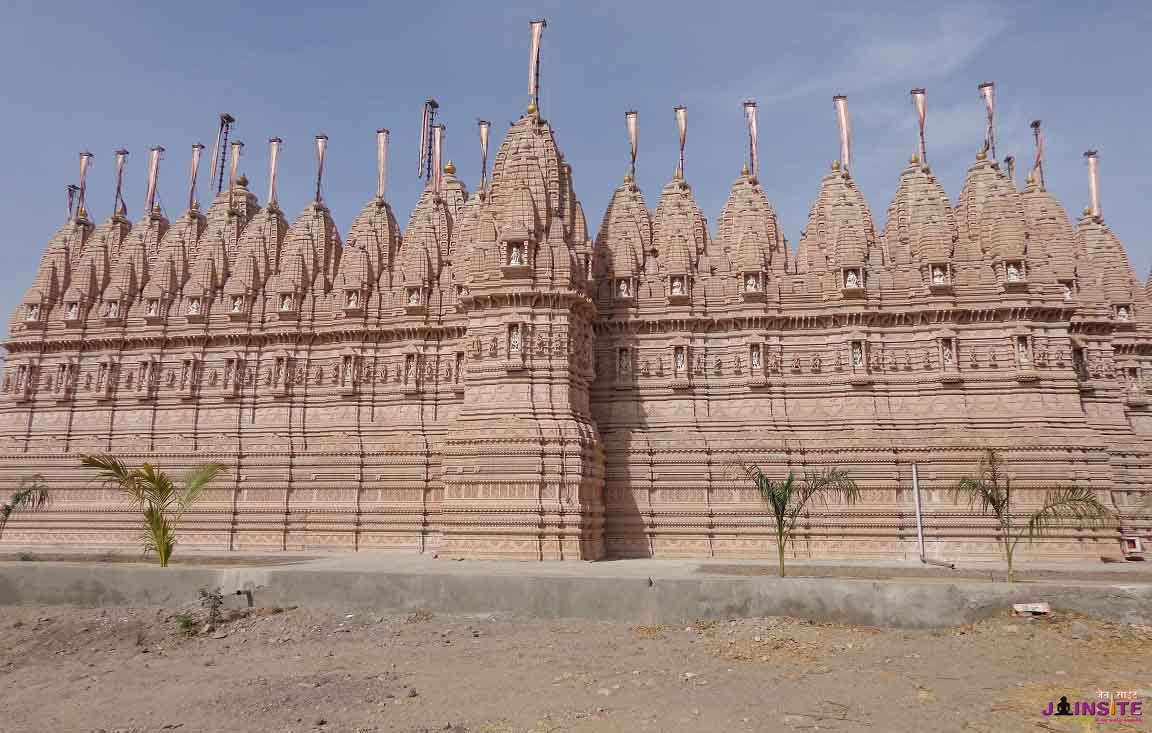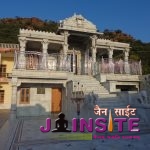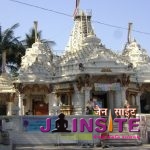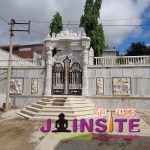Shri Mahavir Swami
Address
Vasai Jain Teerth Mahavirnagar, Post : Bhadreshwar, Taluka : Mundra, District : Kutch 370410, Gujarat
Nearest Railway Station
Gandhidham
Nearest Airport
Kandla
How To Reach
Bus Stand in close proximity to Temple. Taxis & Buses are readily available. Nearest town is Mundra 27 KM away. Bhuj is 80 KM away.
- Trust Name
Seth Vardhaman Kalyanji Trust
Importance
Previous decade Earthquake destroyed this centuries old Temple. But the Idols have been recovered intact. Rennovation & restructuring has taken place with high Spirits & Dedication.
Brief History
45 years after Mahavir swami Nirvan,in the aegis of Kapilkevali Muni, Parshwanath Prabhu Idol was installed. During 14th Century, benovalent Seth Jagdushah undertook rennovation of this temple & installed even Mahavir swami statue.
Prathishtha Date
Ancient Temple
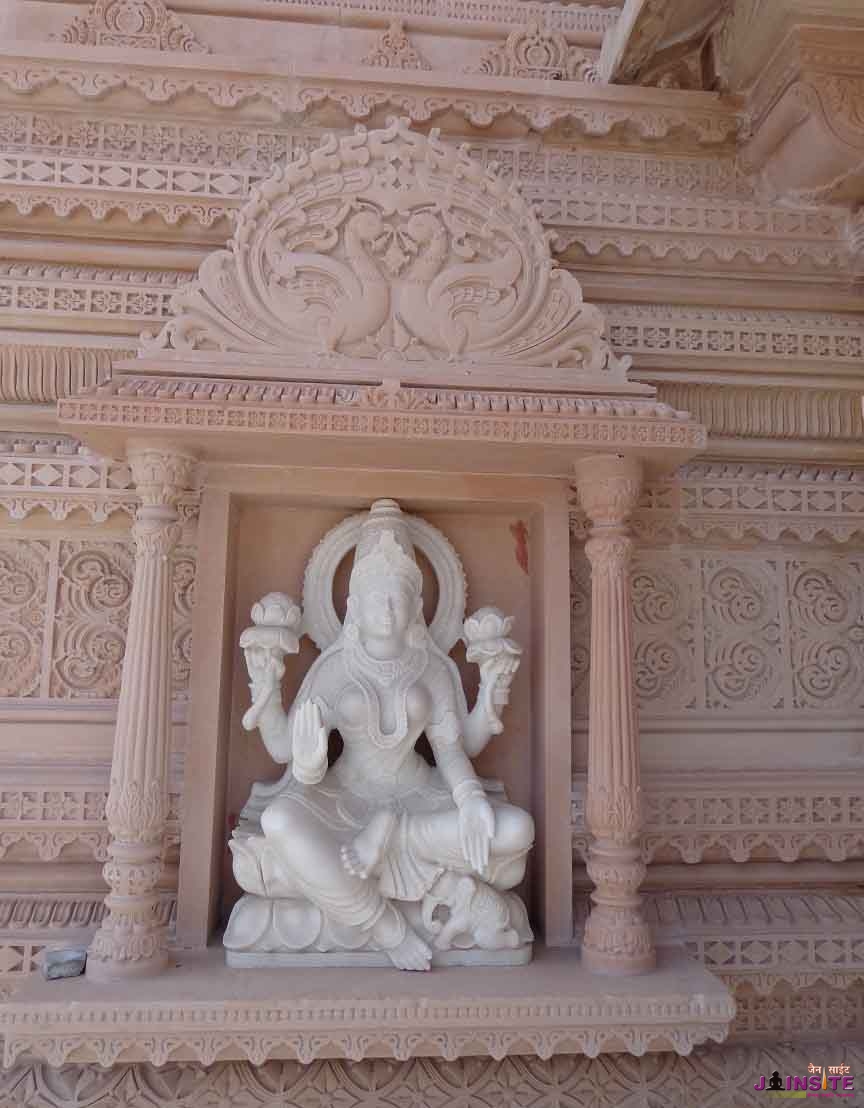
History
It is believed to be one of the oldest Jain temples in India, although they have been renovated and rehabilitated from time to time. The temple is said to be first renovated by King Sidhsen of Bhadrawati in 449 B.C. It is said a Jain layman named Devchandra laid the foundation stone of this temple centuries ago. In year 1125, the temple was renovated extensively by Jagdusha. The temples have been destroyed many times due to natural calamities like earthquakes and the chronicles of Mistris of Kutch, mention that they were the architects and artisans, who renovated temples during the earthquakes of 1819, 1844–45 and 1875.
In former temple, the lower part was considered the oldest in age, perhaps about 1170. The temple complex was expanded with the corridors, then the outer wings, then the shrine, and last of all the porch. The temple complex was again completely devastated in earthquake of 26 January 2001, however, it has now been completely rebuilt to as many of the old shrines were destroyed to the extent that it could not be rehabilitated.
Architecture
The general plan is like that of the Dilwara Temples on mount Abu. It stands in a court about 48 feet wide by 85 long, surrounded by a row of forty-four shrines with a corridor in front. The temple stands in a courtyard, which, from the line of the temple front, is covered by three pillared domes. The temple, facing the east, is entered by a flight of steps that rise from the outer door to the covered area in front of the sanctuary. Over the porch is another large dome covering an area separated by a low screen wall from the area of the entrance hall, mandap, between it and the front of the temple itself. At the south-west corner and behind the cells on the left side is a row of chambers with cellars entered by lifting up flagstones in the floor. In the shrine are three white marble images. The central image is Ajitnath, the second of the Tirthankars, with the date 622 probably for Samvat 1622 or AD 1565. On his right is Parshwanath with the snake hood marked 1175 (Samvat 1232), and on his left Santinath, the 16th Tirthankar, also marked 1175 (Samvat 1232) . On the extreme right is the image of the black or Shamla Parshwanath.

